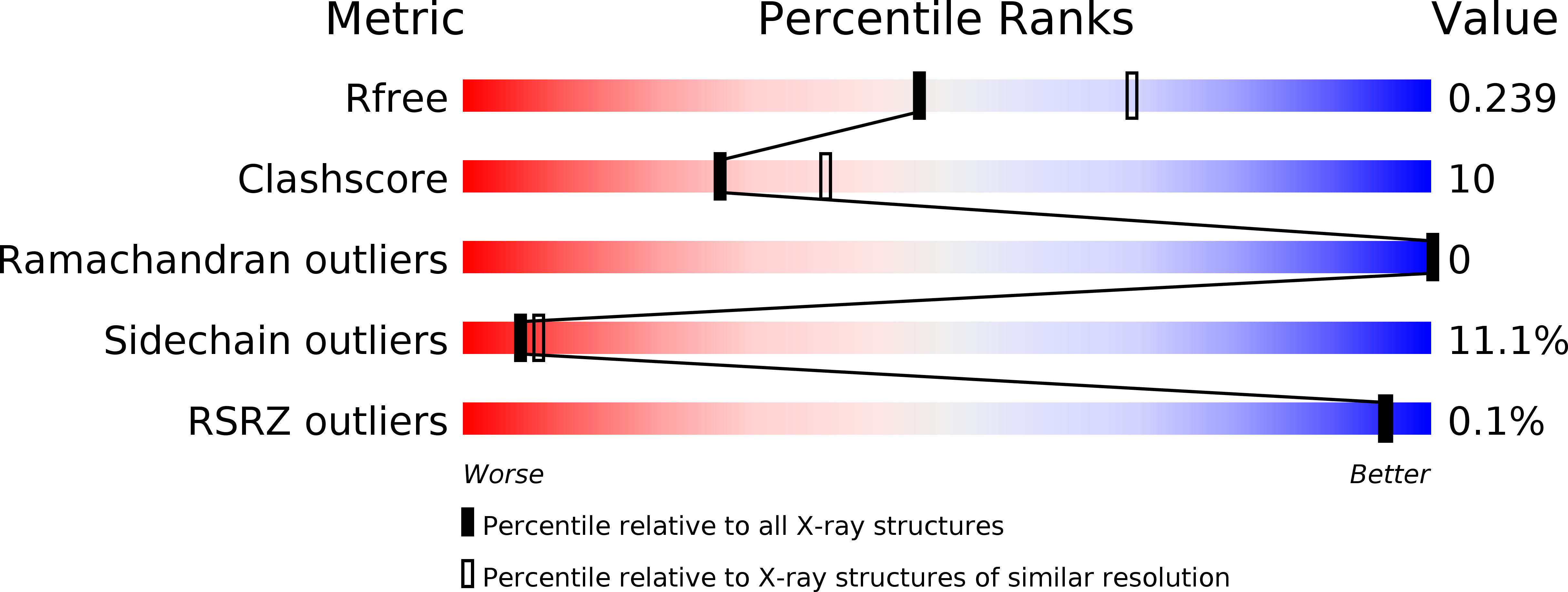
Deposition Date
2012-02-17
Release Date
2012-05-16
Last Version Date
2024-03-20
Method Details:
Experimental Method:
Resolution:
2.41 Å
R-Value Free:
0.24
R-Value Work:
0.19
R-Value Observed:
0.19
Space Group:
P 1 21 1


